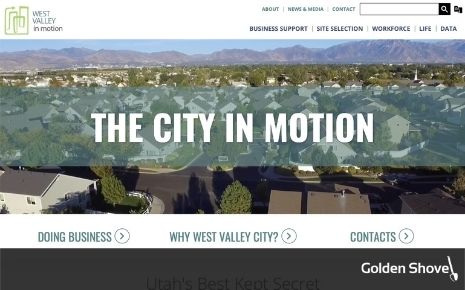Best Practices for Retaining Employees

14 Mar 2022
News, Workforce
The Great Resignation has negatively impacted businesses throughout the United States and the world. As CBS reported, in October 4.2 million Americans left their positions for other job opportunities.
Luke Pardue, Chief Economist of Gusto, told CBS “We serve 200,000 businesses across the country and can use their payroll data to track the Great Resignation. We can look at quits by industry and gender… Women have been quitting work at 1.1 % higher than men… Looking at November and December we aren’t seeing record highs, but the trend is continuing.”
He continued, “A lot of these workers are switching jobs because they have reassessed what they want to do with their career… A lot of them are leaving to work for themselves. 4.3 million businesses were formed in 2020 and we are seeing those same trends in 2021 because people need flexibility. Freelancing often offers that ability.”
When looking to retain workers in search of flexibility, the answer may be that it’s time to reconsider what employment looks like. Instead of only hiring traditional employees, companies may want to offer multiple ways for people to provide services.
Best Practices for Retaining Employees
#1 Improve Upon the Traditional Employment Model
A traditional, W-2 employee typically has a set schedule and clear job expectations. Employers could retain more W2 employees by making minor changes to schedules that make it easier for employees to coordinate childcare solutions and meet other caregiving needs - a primary reason so many women have left the workforce.
Simultaneously, employers may want to consider implementing strategies that help employees to feel a sense of ownership - something that makes it easier to work longer hours when needed. For example, employers can give stock options, a day off work once a special project is complete, a bonus based on meeting deadlines, etc. By tying rewards to direct employee performance, employers can improve engagement and, hopefully, retention.
#2 Offer Hybrid or Flexible Scheduling
In many industries, it is possible to offer flexible scheduling, as long as the job gets done. Offering employees the opportunity to work long shifts on the weekend, for example, and take time off during the week, could make it possible for employees to take or keep their job while ensuring companies have their needs met.
The traditional Monday through Friday schedule can be a hindrance for families. When both parents are working, and childcare options are limited, couples need options that allow for them to work opposite days or shifts. Employers could benefit by creating flexible schedules that allow for them to do so.
Hybrid schedules where employees work part-time on location and part-time from home are another popular solution. At times this requires cross-training and job sharing, but it can make a big difference when trying to retain talent.
#3 Hire Contractors
With the rise in self-employment, companies may want to consider contracting with the recently self-employed to perform specific tasks. While the gig economy has gotten a bad reputation, there are circumstances where people prefer to work as a contractor. One woman told the Associated Press that she left her full-time job to have the flexibility to be with her children and aging parents, but is interested in gig work. She’s not alone. According to Pew Research, 16 percent of Americans have earned money through gig work. This type of work is not confined to online platforms like Uber. Traditional companies could leverage this trend to hire entrepreneurs to complete specific tasks or to fill workforce gaps with people who are looking to pick up extra shifts as needed but don’t want a set schedule or full-time job. Retaining this workforce can be easier because they work on their terms.
#4 Create Career Pathways
Be clear with employees about what their opportunities for growth and advancement are. Creating a vision that stretches into the future, with rewarding milestones along the way, can help to keep employees engaged over time. For example, if an employee knows that a management spot is opening up in 18 months they may be more inclined to stay, rather than seek out a management position elsewhere.
More Employee Retention Strategies
For additional insights and recommendations, read the following:
- 6 Strategies to Boost Retention Through the Great Resignation by Harvard Business Review
- 14 Effective Employee Retention Strategies by Robert Half
- 5 Best Practices for Employee Retention by Betterworks
- 10 Tips for Great Employee Retention by Paycor
Download the Workforce Shortages Whitepaper
About the Author

Bethany Quinn
Vice President of Strategy & Content Development
Connect with Bethany on LinkedIn
Bethany Quinn is the Vice President of Strategy and Content Development for Golden Shovel Agency. She lives in Maryland with her husband, seven children, and dog Sox. Having also lived on the West Coast and Midwest, Bethany appreciates the uniqueness of each community and enjoys creating strategies that will help them grow.
More Topics

West Valley City Economic Development Optimization & RDA Launches Website to Serve as a Valuable Resource
Mar 10 2022



